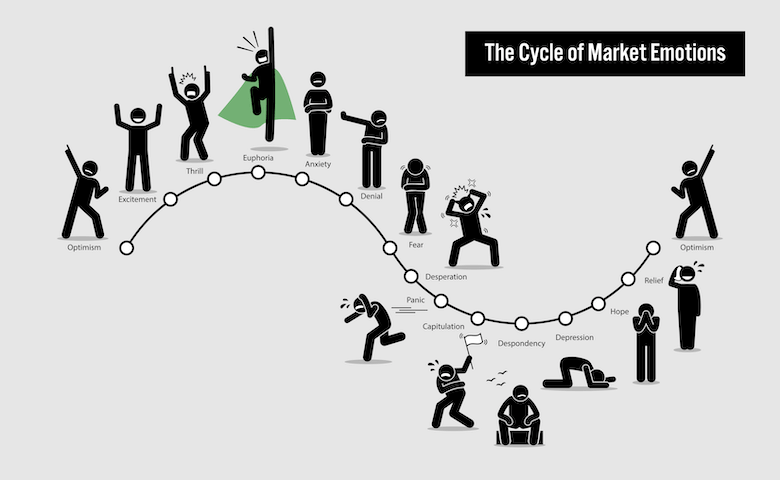In the fast-paced world of online trading, market sentiment can play a pivotal role in influencing asset prices and market trends. Sentiment analysis, a technique that involves gauging the mood and opinions of traders and investors, has become an invaluable tool for making informed trading decisions. In this article, we will delve into the significance of sentiment analysis in online trading and how it can benefit traders.
Understanding Sentiment Analysis
Sentiment analysis, also known as opinion mining, involves the use of natural language processing, machine learning, and data analytics to assess and interpret market sentiment. It seeks to determine whether market participants are generally optimistic, pessimistic, or neutral about a particular asset, market, or economic event.
How Sentiment Analysis Works in Trading:
- Data Collection: Sentiment analysis begins by collecting a wide range of data sources, including news articles, social media posts, financial reports, and press releases.
- Text Processing: Text data is processed to extract relevant information and opinions. Natural language processing algorithms help identify sentiment-bearing words and phrases.
- Sentiment Classification: The processed text is classified as positive, negative, or neutral sentiment. This classification can be based on predefined lexicons or trained machine learning models.
- Sentiment Aggregation: The aggregated sentiment data is then used to assess the overall market sentiment regarding a particular asset or event.
The Impact of Sentiment on Asset Prices
Market sentiment can exert a significant influence on asset prices and market movements. Here’s how sentiment analysis can benefit online traders:
1. Early Detection of Market Trends:
Sentiment analysis can provide early indications of emerging market trends. For example, a surge in positive sentiment surrounding a particular stock on social media platforms may precede a rise in its price. Traders can capitalize on these trends by entering positions early.
2. Risk Management:
Sentiment analysis can help traders manage risk by alerting them to shifts in market sentiment. Sudden shifts in sentiment, especially negative sentiment, can signal potential market downturns, allowing traders to adjust their positions or implement risk management strategies.
3. Contrarian Opportunities:
Contrarian trading involves going against the prevailing market sentiment. Sentiment analysis can identify situations where the market sentiment is overly bullish or bearish, presenting contrarian opportunities. Contrarian traders may consider taking positions opposite to the prevailing sentiment, expecting a market reversal.
4. Event-Driven Trading:
Sentiment analysis is particularly useful for event-driven trading. It can help traders gauge market reactions to economic events, earnings reports, political developments, and other news. This information allows traders to make more informed decisions around these events.
5. Volatility Management:
Sentiment analysis can provide insights into potential market volatility. Events or news that generate mixed sentiment may lead to increased market volatility. Traders can adjust their strategies and risk management approaches accordingly.
Challenges and Considerations:
While sentiment analysis offers valuable insights, it’s essential for traders to consider several factors:
- Accuracy: Sentiment analysis algorithms are not perfect and can sometimes misinterpret context or sarcasm in text. It’s crucial to use sentiment data as one of several factors in decision-making.
- Market Noise: The abundance of information and noise in social media and news can make it challenging to filter out meaningful sentiment data. Traders need to use reliable sources and tools.
- Combining with Technical and Fundamental Analysis: Sentiment analysis is most effective when combined with technical and fundamental analysis. It should complement, not replace, other analytical methods.

